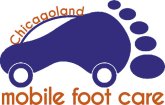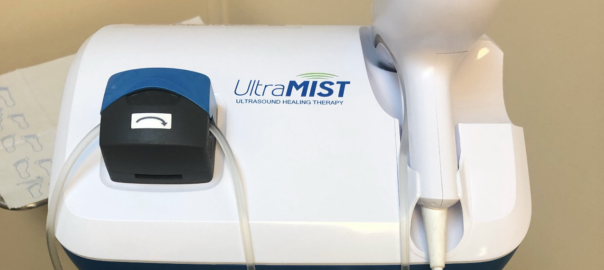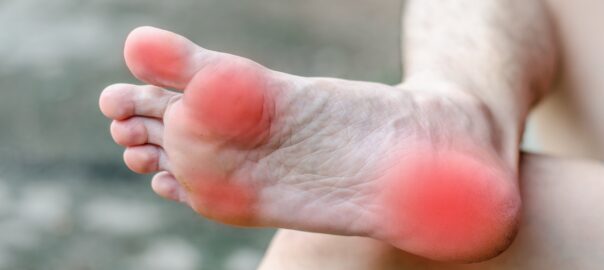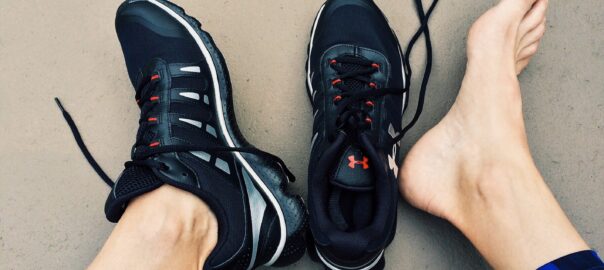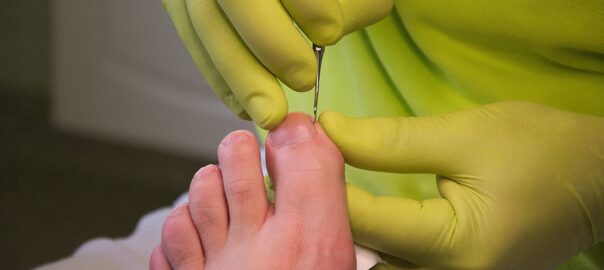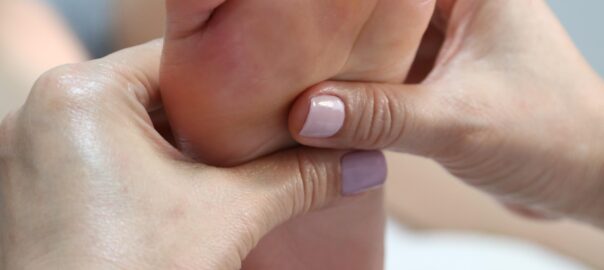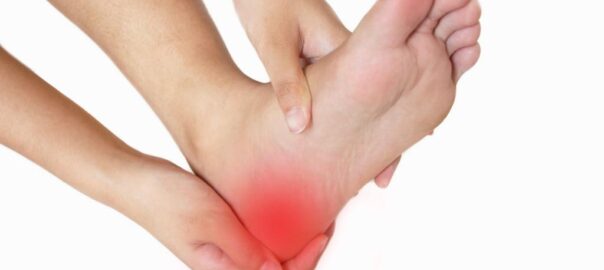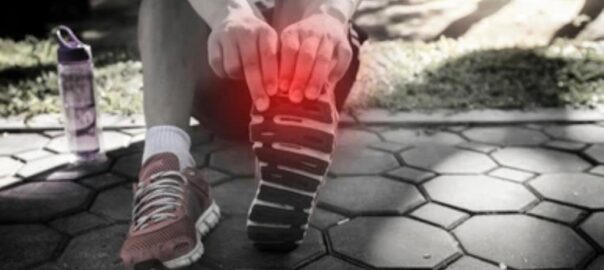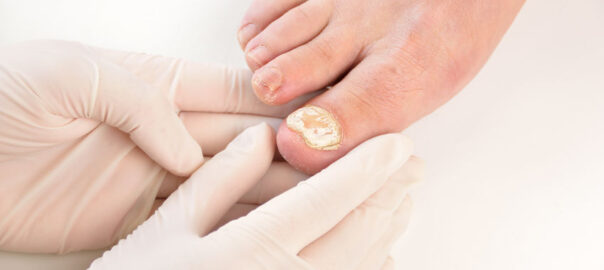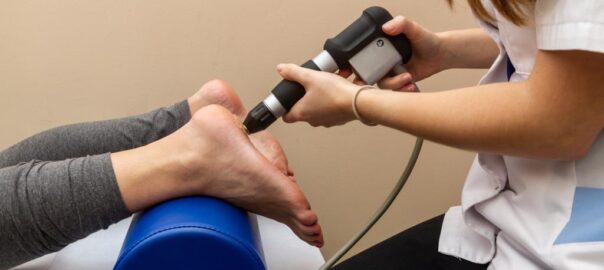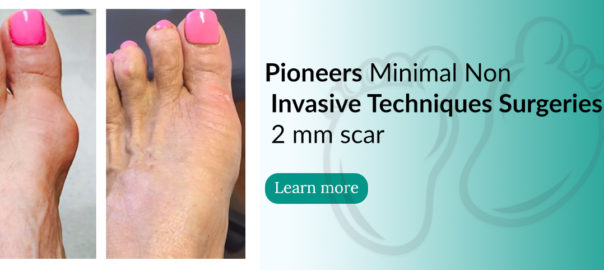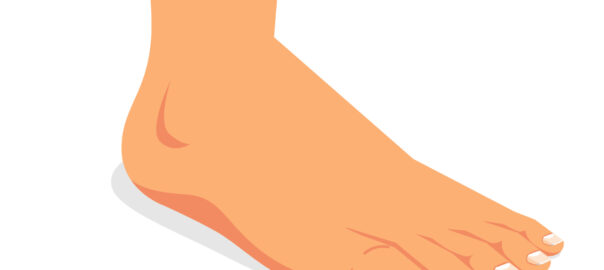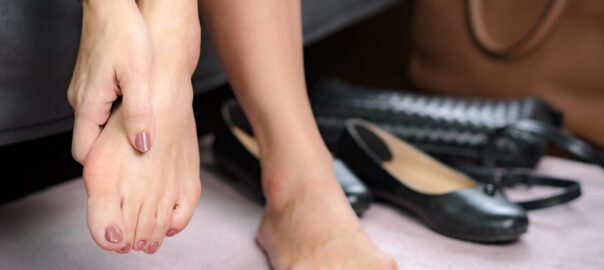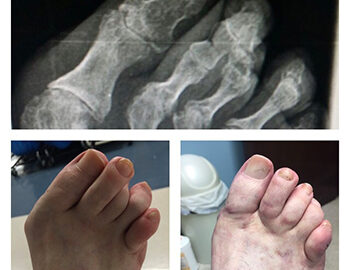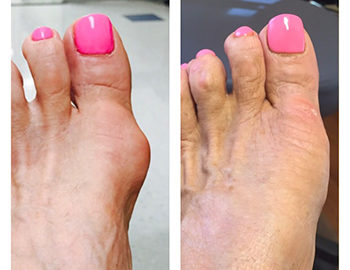MIST Wounds Healing in Podiatry
MIST procedure is frequently used in podiatry to treat chronic wounds in the lower extremities, such as diabetic foot ulcers. Chronic wounds in the foot can be challenging to treat due to poor blood circulation and a high risk of infection. MIST procedure can help remove dead tissue and debris from the wound, which can promote healing and reduce the risk of infection.
The MIST Therapy System delivers therapeutic ultrasound to the wound bed without direct contact. Saline solution is converted into fine particles and released towards the wound by sound pressure waves to remove dead or damaged tissue.
UltraMIST Therapy has been clinically demonstrated to promote healing across a wide range of chronic and acute wounds. Unlike most wound therapies that are limited to treating the wound surface, the UltraMIST System delivers low-frequency ultrasound to the treatment site using a noncontact saline.
Indications include, but are not limited to, diabetic foot ulcers, venous leg ulcers, pressure ulcers, and surgical, burn, and deep tissue injuries. It also reduces and removes a wide range of bacteria, including biofilms, while preserving healthy structures.
These low energy ultrasonic waves promote healing from within by increasing the number of blood vessels to the wound, reducing bacteria and decreasing inflammation.
Schedule podiatrist housecall by calling: 312-998-0974
Read more: MIST Wound Healing in Chicago




